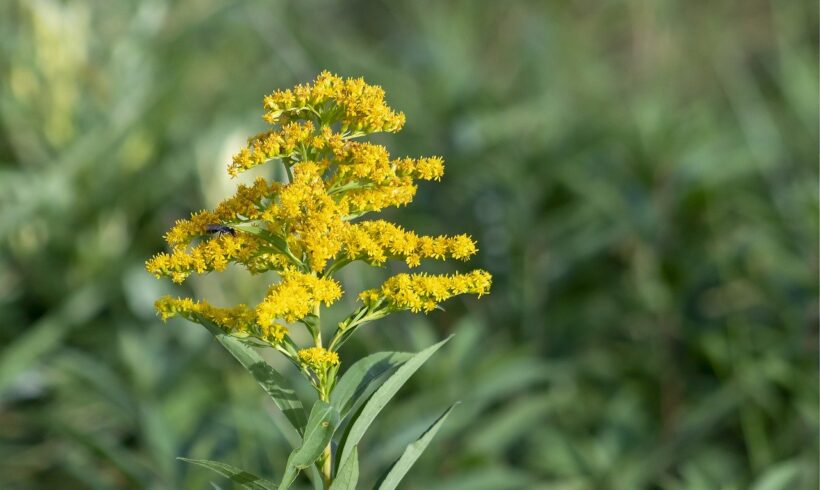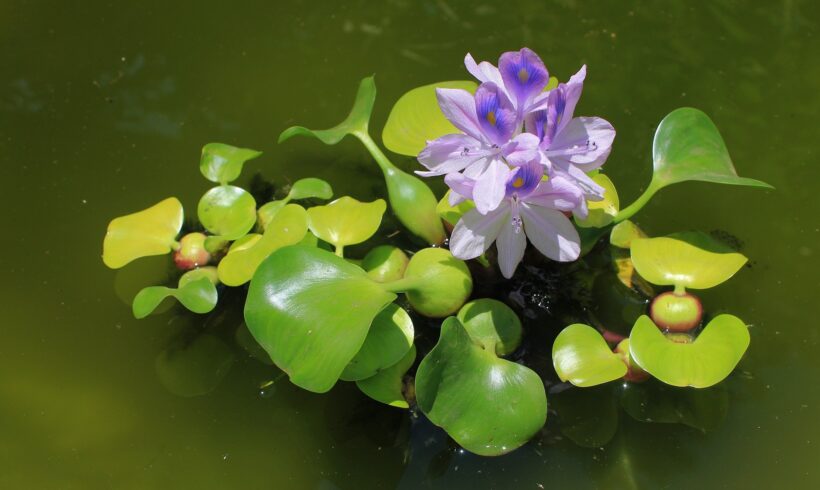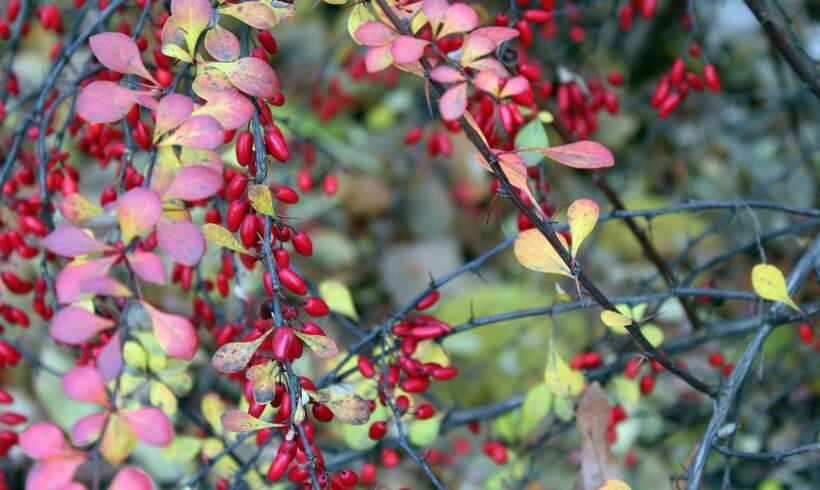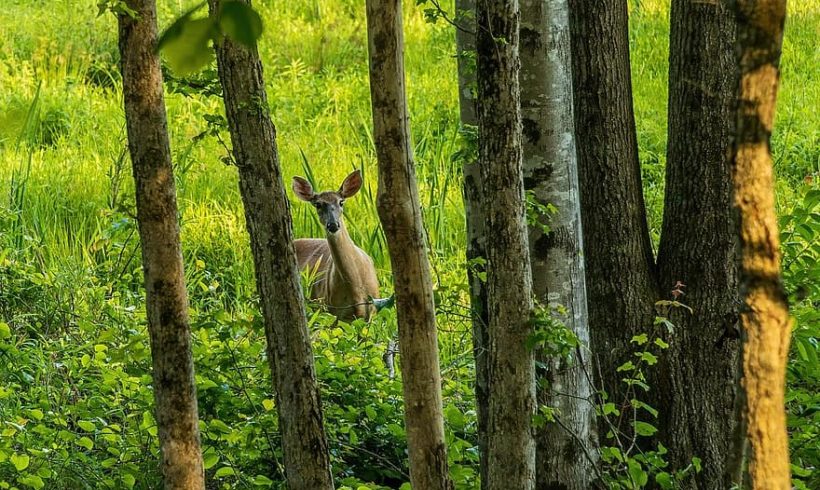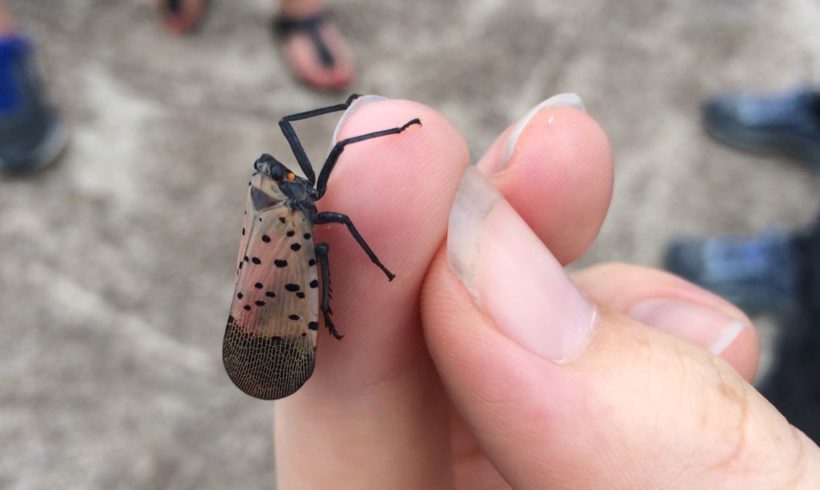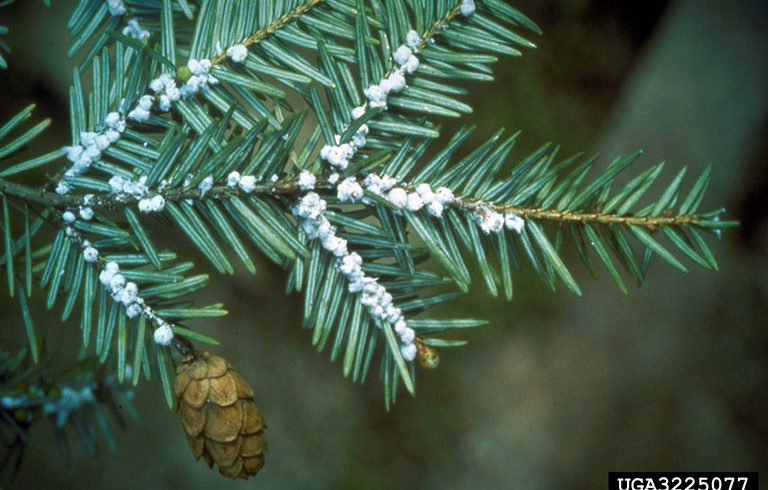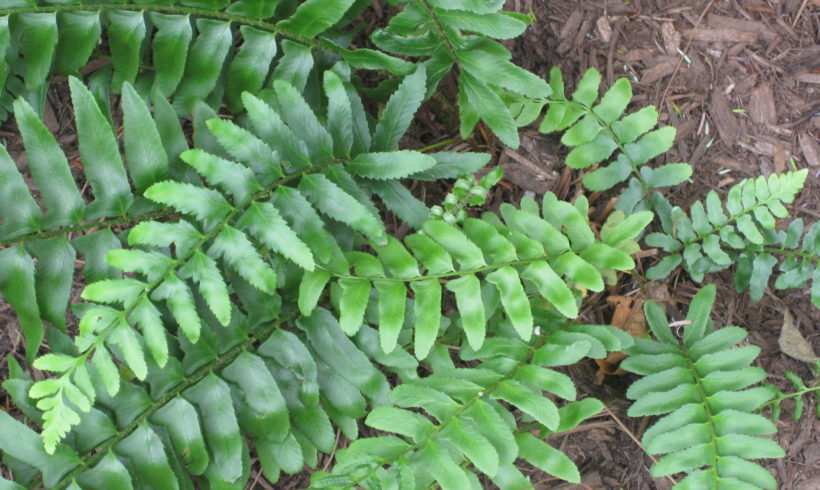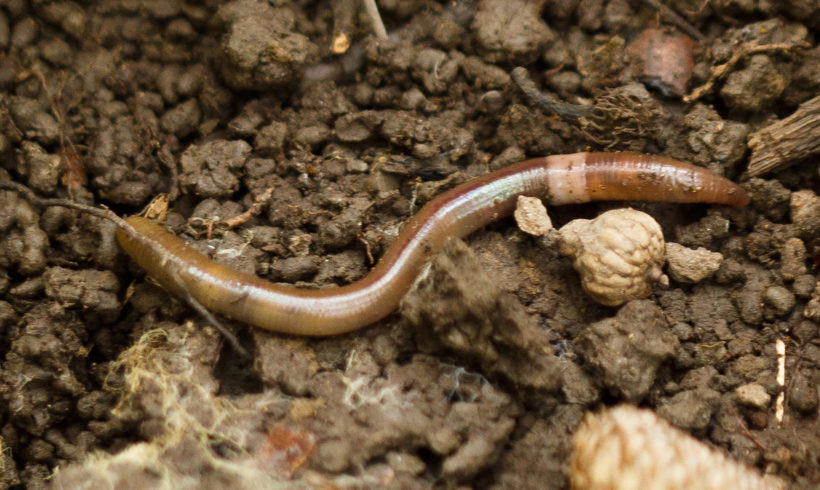Plant competition seemingly plays out before our eyes, but Zhang et al. find that invasive plants may gain a competitive edge through unseen soil interactions.
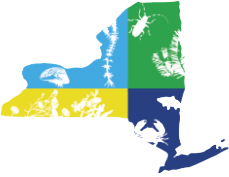
New York Invasive Species Research Institute
Archive for category: Research Summaries
Research Summary: Bidding on the next aquatic invader
Buying aquarium organisms from across the world can be as easy as the click of a button, and that's the problem.
Research Summary: Invasive Leafiness and Latitude
If you’re an invasive shrub, you hold on to your leaves– citizen scientists helped to find that extended leaf phenology between native and invasive shrubs gets more similar as you move northward.
Research Summary: Starting the Stowaway Pathway
How do some aquatic species with low-mobility become widespread? Dispersing locally gives an advantage, and playing stowaway gets them the rest of the way.
Research Summary: A Good Flood and Glyphosate
Perennial Pepperweed, a widespread invasive in the west and emerging invader in the northeast, can be managed by restoring hydrologic regimes- herbicides can help too.
Research Summary: Fewer Deer and Newer Trees
When managing for forest regeneration, deer may be a more important stressor to address than invasive grasses.
Research Summary: Dropping Like Flies
Success: a fungus can help suppress Spotted Lanternfly, invasive insect to the Northeast U.S.
Research Summary: Giving Hemlocks Room to Grow
Studying silvicultural techniques to promote the longevity of hemlock trees faced with hemlock woolly adelgid
Research Summary
Impacts of invasive earthworms and deer on native ferns in forests of northeastern North America
Research Summary
Cocoon Heat Tolerance of Pheretimoid Earthworms Amynthas tokioensis and Amynthas agrestis

